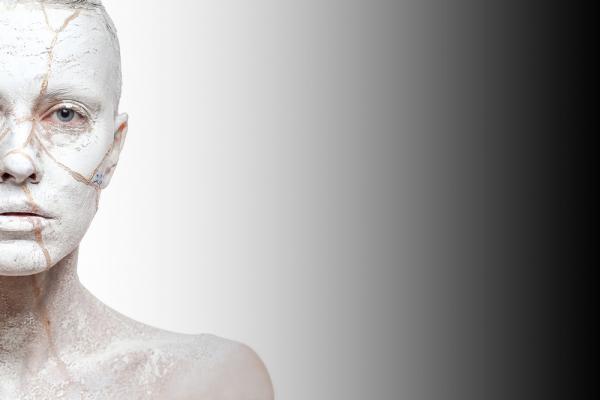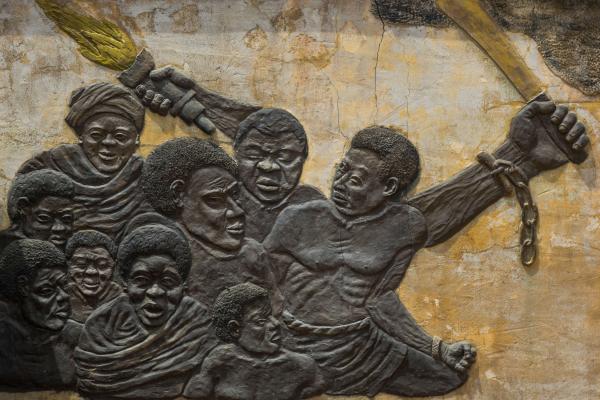The #MeToo stories touched me in a place deep inside. The stories of sexual abuse that so many women told brought up persistent memories that I have for years tried to forget.
I was abused multiple times by multiple trusted members of my faith community. I can say unequivocally that this caused me pain in the very core of my psyche. There are scars that never go away, lasting wounds that always hurt, wounds that I describe as invisible scars of the soul and spirit.
My story is not uncommon.
Research shows that 93 percent of sex offenders describe themselves as “religious.” 165,500 mostly Protestant churches reported 7095 claims of alleged sexual abuse by church staff, congregation members, or volunteers between 1987 and 2007.
My years of healing have taught me that childhood sexual abuse creates terrible trauma that is stored in our bodies, hiding in the nooks and crannies of a life, struggling to be normal and free of pain. I learned those truths because I was a victim of sexual abuse in what I believed to be a safe place, my faith community.
The healing journey for me was long and arduous. Over twenty years, I worked through my trauma with counselors, spiritual guides, friends, and mentors. When I was in seminary, a professor helped me see a way to move into my pain with courage and to persistently grapple with every personal demon that was holding me hostage. The colleagues in my chaplaincy training held me accountable for my hidden emotions and fears as I began to discern the origin of those emotions and fears. I began owning my trauma and learned that I found strength and resilience by embracing it.
And as a trauma specialist working with adults and children, I learned even more truth about trauma.
I knew that I needed specialized training to be able to competently work with abused children and women. And because I was a child when the abuse happened to me, I knew how important it was to be able to walk with others through their own trauma.
More than 95 percent of women who were in the prison classes I taught were sexually abused as children. I learned that chronic abuse caused for them a plethora of physical, emotional, and spiritual wounds. I learned that when someone in my counseling room tells me the story of sexual abuse that occurred in their church community, I can clearly see that the long-term result for her/him/them has been devastating.
I have been where she is. I walked the steep and narrow path, and, after years of struggle, made it to a better place of peace and healing which I found by finding the courage to walk through the middle of my pain, no shortcuts, no detours. Genuine and lasting peace came only by going all the way through my personal darkness to the light of healing on the other side.
Yet, like the women in my classes, I hold invisible scars to this day. But the scars continually remind me that there is always hope after sexual trauma. It may be just a tiny sliver of hope, but it is enough.
Hope is truly the greatest gift the religious community can give to victims of sexual trauma. It is past time for people of faith to compassionately listen to the voices of the victims. It is past time for bystanders to admit their complicity, and for churches, denominations, and industries to hold perpetrators accountable. I hope beyond hope that the church will make the most of this moment and will take this movement seriously. #MeToo may just be giving us a gift, an opportunity to make amends.
People of faith, can we confess the many ways in which we have shamed and silenced victims, and thus treated them with contempt? Can we confess that we have hurt victims by our silence and secrecy? Will we admit that it is easier for the faith community to refuse to believe the victims’ stories than to act out of love and concern and begin the healing? Will we have the courage to determine appropriate ways to hold offenders accountable? Will we lift up hope for those that tell us their stories, point them to the God who is our refuge and strength, and release for them the cleansing, healing wind of God’s Spirit? That is the only way the soul can heal.
The soul is aware of the delicate wound… as though it were a sharp point in the substance of the spirit, in the heart of the pierced soul. This intimate point of the wound . . . seems to make its mark in the middle of the heart of the spirit . . . – Living Flame of Love 2.1
May God make it so. Amen.
Got something to say about what you're reading? We value your feedback!







